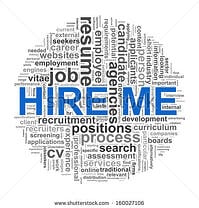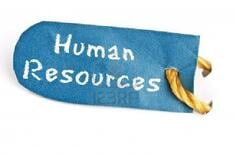
You'd think something would remain the same in the job search world! But one of the last bastions, the cover letter, has fallen. Traditionally, cover letters were one-pagers conveying qualifications. Today, two factors have changed how cover letters must be written to get a recruiter to take a closer look:
- If the resume gets a 6-second look from recruiters, the cover letter (read by 50%) must get just a glance, certainly not careful consideration of lengthy content
- There is much greater competittion in the job market requiring a different approach in terms of message
So, scrap the old cover letter and think about incorporating these elements into your new one:
1. Make it short - 135 words or less - so that the main message can be grasped at a glance
2. Give it a title, like this: "Re: Penetrating Japanese Markets" and place it right before the salutation. This is the "Secret Ingredient" that will grab your reader's attention.
3. In your first short paragraph provide a match between your position, industry, specialization, and value- added qualifications and the open job you're applying for.
4. In your second short paragraph or list of 3 bullet points hit the benefits you have delivered that match what the recruiter will be looking for from a new hire - use numbers such as dollars and percentages.
5. In your last paragraph state that you would like to meet in person to discuss the value you can bring to the company.
To sum it up, make your new cover letter "Short, sweet, and to the point." And "Make them care" to quote my colleague Deb Dibb. If you follow these pointers your cover letter won't be discarded. It will be kept as quick summary showing why you should be contacted. If you're interested in seeing a sample of today's cover letter CLICK HERE.
More on cover letter writing.
Here's another relevant post.
Good luck!



